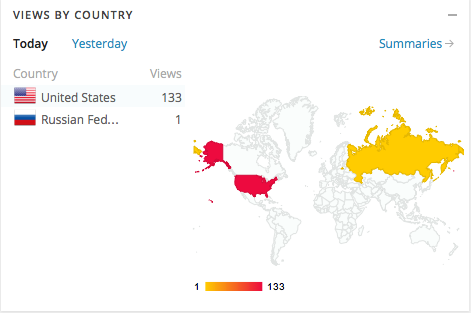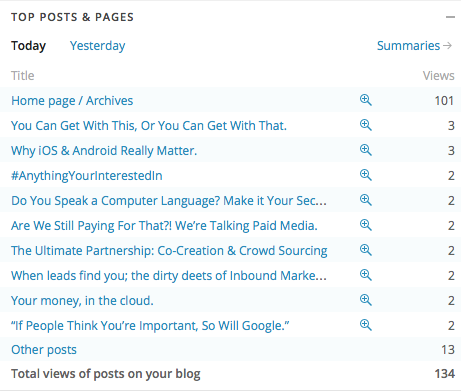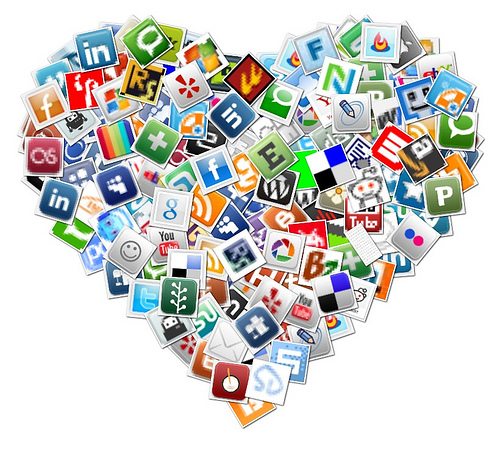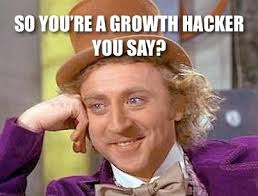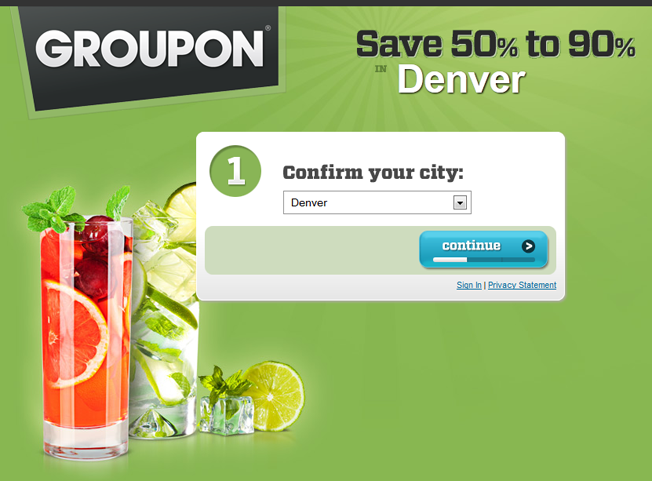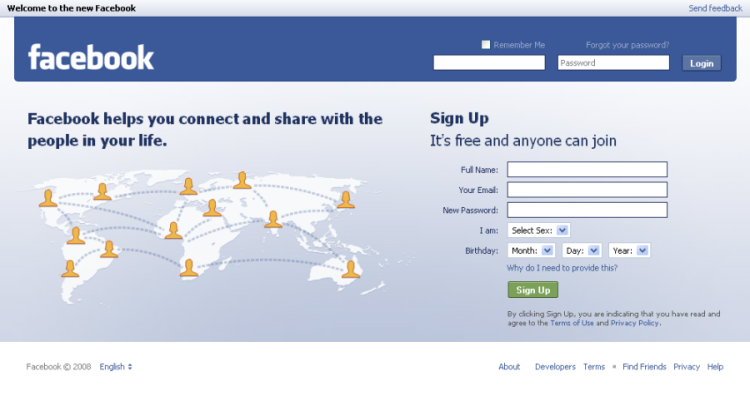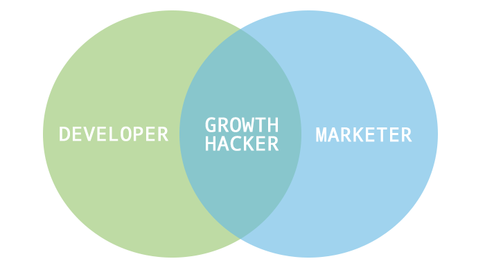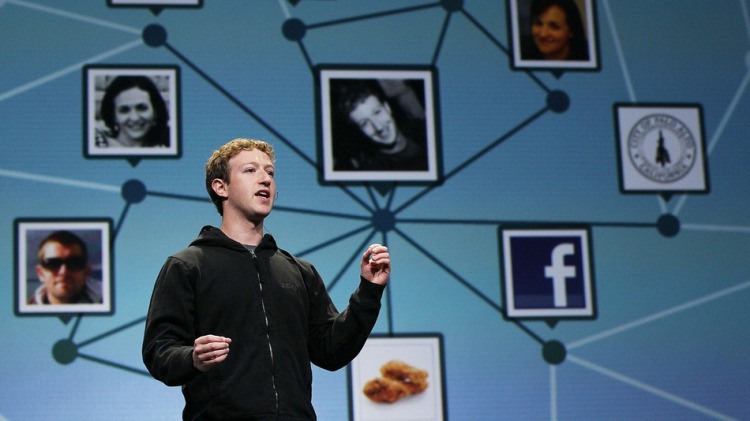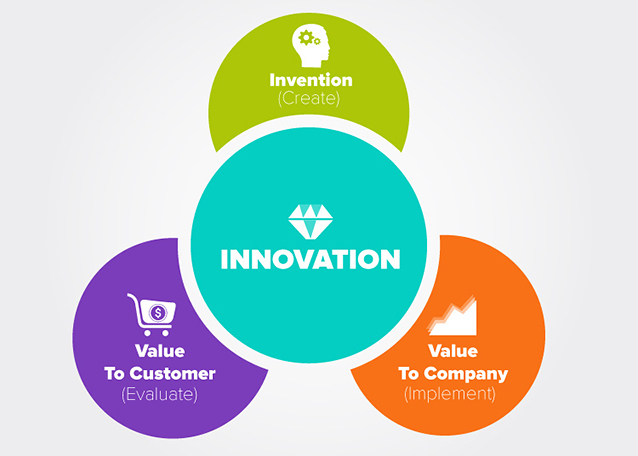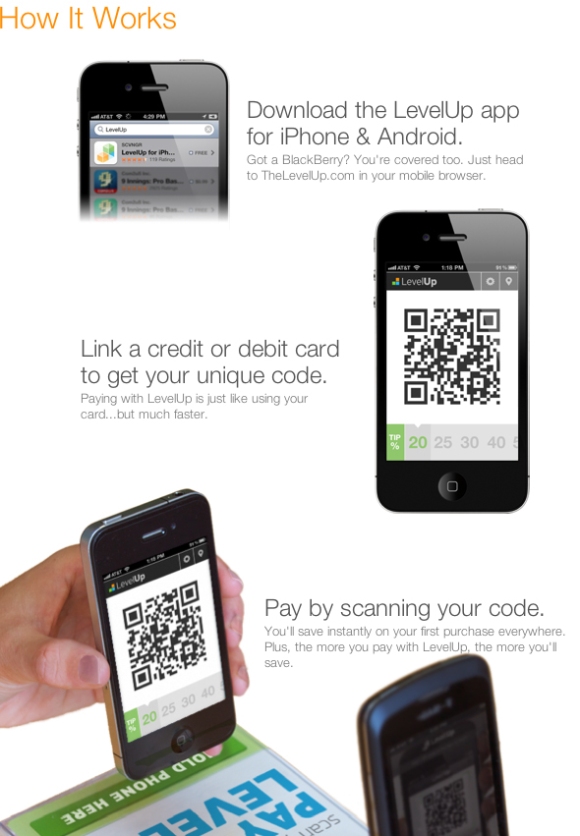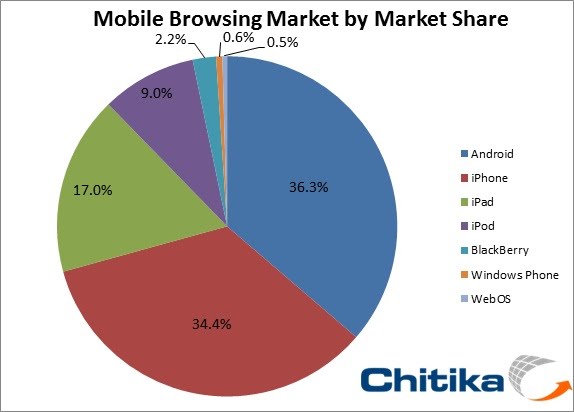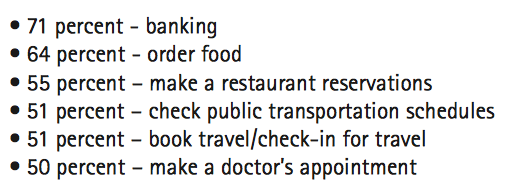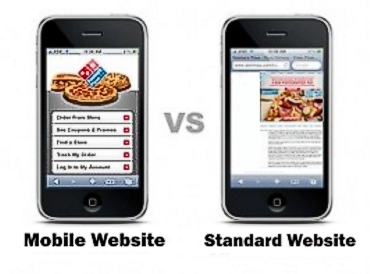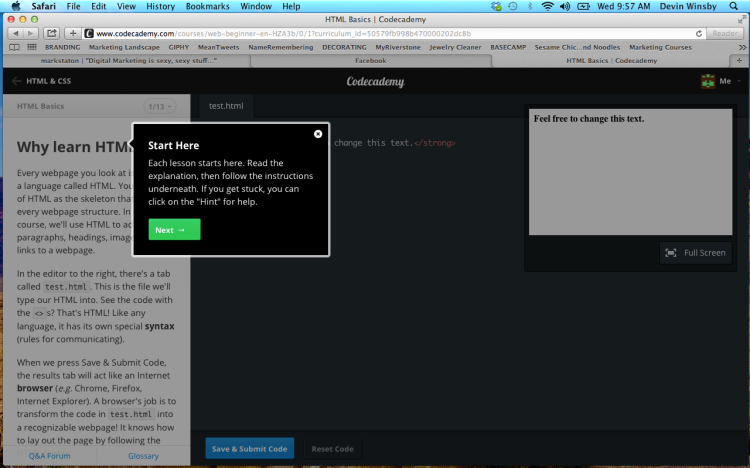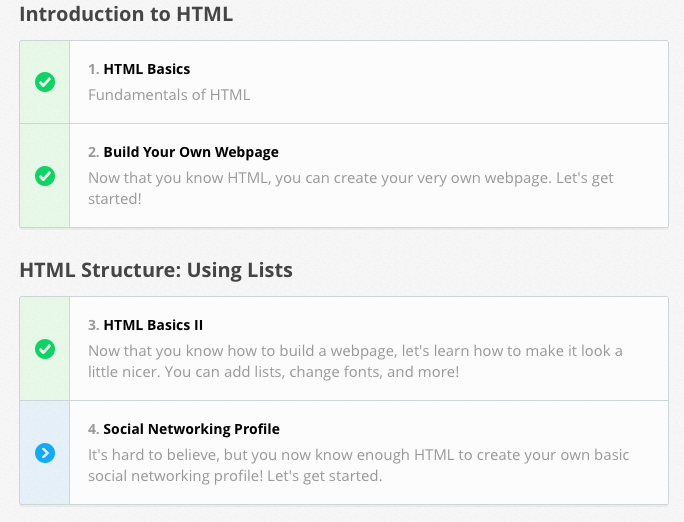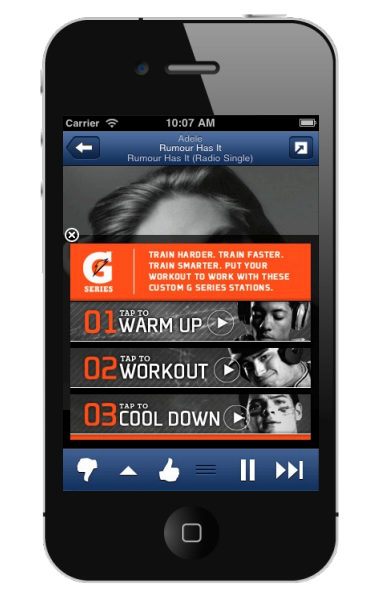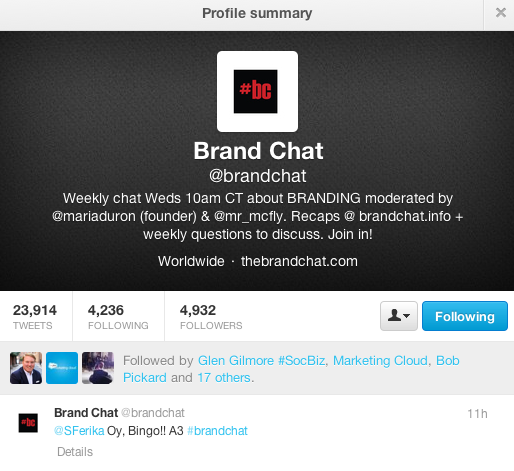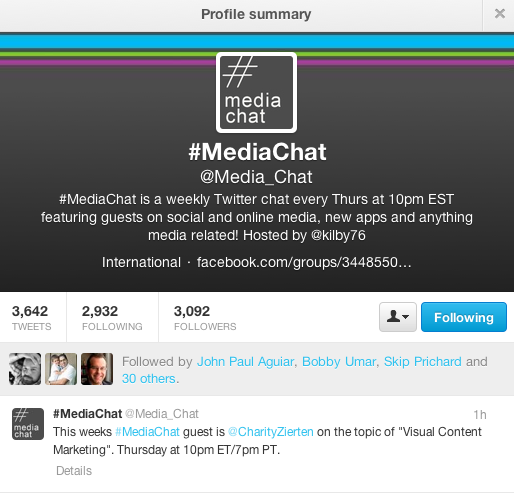As the quarter comes to a close, I can honestly say that digital marketing 2.2 has been my favorite class at Western. It’s funny because to the outside world, it’s assumed that individuals of my age cohort are born knowledgable about all things digital; this class has shown it’s just not the case. I’ve learned about topics I knew very little about-from bitcoin, to growth hacking and database marketing. I’ve been able to expand my knowledge on things like mobile engagement and payment, coding and social media. It is perfect timing because my company is expanding to incorporate a hefty digital marketing campaign on multiple platforms, and the topics @digimark_WWU had us cover, tie in perfectly. (Not to toot his horn too much, but he knows his class is the best anyways)
One of my favorite topics was crowd sourcing and co-creation. It’s killer that companies are working with their customers to create market oriented products; the innovation, value and potential product success are what really intrigue me.
Another thing that I throughly enjoyed was the fusion between content marketing and SEO (and I know the term is a little outdated) but if you’re doing it right, the outcome can be virability and WOM resulting in growth. From a prior post; Google is a “toddler” who needs information to be “spoon-fed” to them in just the right way for it to be digestible.
Basically anything Google does is also of interest to me and we spent a great deal of time on their latest and greatest, because they rule the internet after all…
I can proudly say that I’ve been certified in the HootSuite Dashboard:
And plan on getting my Google Analytics certification this afternoon- cross your fingers!
On my blog thus far, I’ve written 10,624 words- whew, and these a few other stats;
I plan to keep posting, so to my grand total of 14 followers, I hope to keep you informed or at the very least entertained.
Digi Love.


